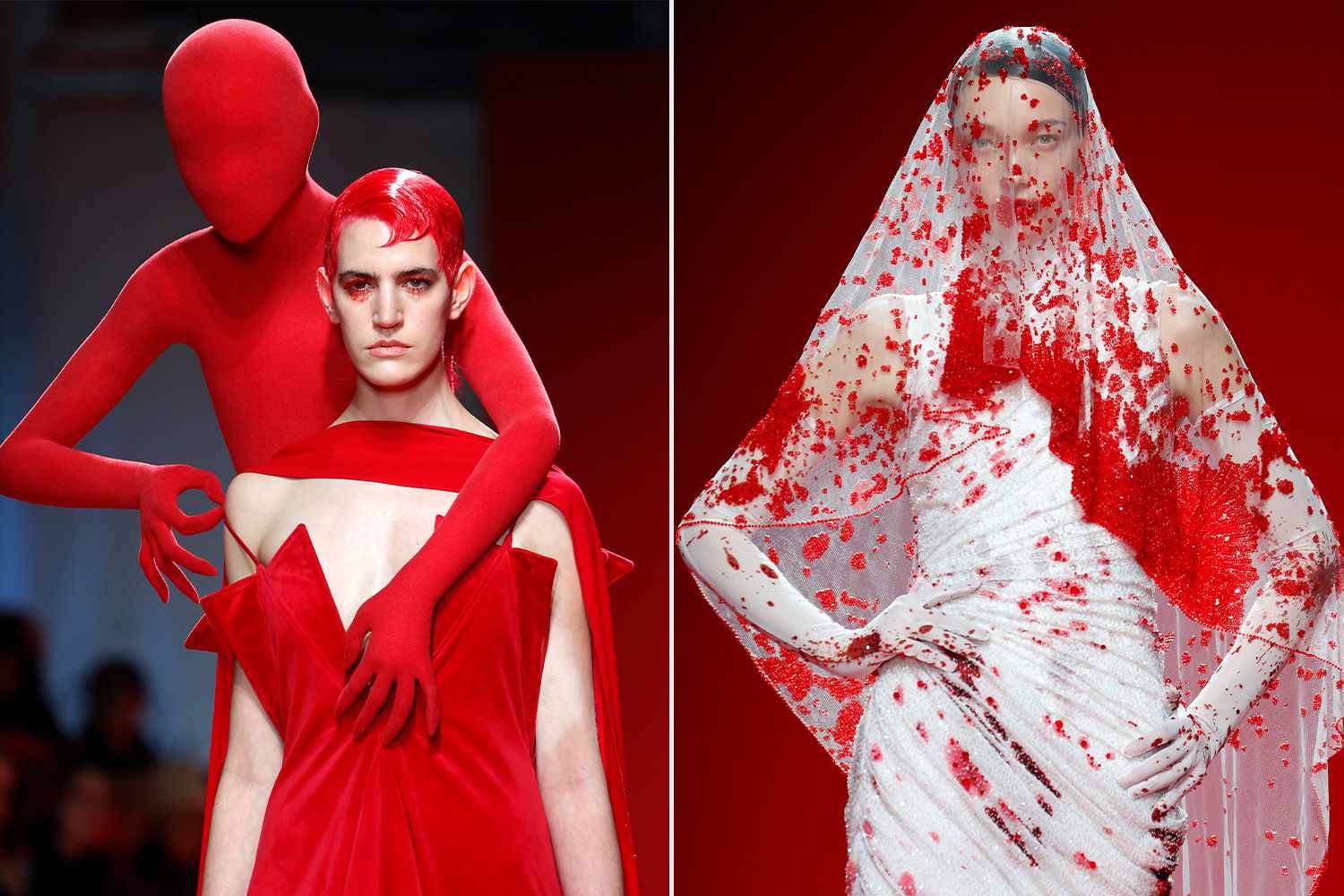From Haute Couture to Crime Scenes: Fashion’s Shocking Connections
High fashion is often associated with elegance, innovation, and runway glamour. But beneath its shimmering surface lies a darker reality, where the worlds of haute couture and crime unexpectedly collide. From counterfeiting and money laundering to scandals involving industry insiders, fashion’s connections to the criminal underworld reveal a complex and sometimes shocking underside.
1. Counterfeiting: The Shadow Economy of Luxury
The counterfeit industry is one of the most prominent links between fashion and crime. The allure of luxury brands like Louis Vuitton, Gucci, and Chanel has created a multi-billion-dollar black market for fake goods. Counterfeit fashion is not just a harmless knockoff—it’s a serious global issue.
The production and sale of counterfeit items often fund organized crime networks, including drug cartels and human trafficking operations. These operations exploit vulnerable workers, frequently involving child labor and sweatshops. For every counterfeit handbag or watch sold, there is a ripple effect that fuels illegal activities far removed from the glamour of high fashion.
2. Money Laundering Through High Fashion
Designer goods’ exclusivity and high price tags make them a prime vehicle for money laundering. Criminals have been known to purchase expensive clothing, jewelry, or accessories with illicit funds, only to resell them or use them as currency to move money undetected.
Art galleries and luxury boutiques have been scrutinized for inadvertently (or in some cases knowingly) facilitating such transactions. In one infamous case, a high-end fashion retailer was implicated in helping launder money for an international drug cartel by allowing large cash purchases without proper documentation.
3. Designers Caught in Legal Scandals
The fashion industry has not been immune to scandals involving its leading figures. Several designers and executives have been entangled in legal trouble, ranging from financial fraud to outright criminal activity.
John Galliano, once the creative director of Dior, faced a dramatic fall from grace after being charged with public intoxication and making anti-Semitic remarks. While his case wasn’t directly related to crime syndicates, it highlighted how personal misconduct can shock and tarnish a brand’s reputation.
In another high-profile incident, a prominent fashion executive was accused of human trafficking and abuse, casting a shadow over the industry’s glitzy image and sparking calls for greater accountability.
4. Fashion and Theft: High-Stakes Heists
Fashion’s association with crime isn’t limited to backroom deals—it has also inspired audacious heists. Jewelry stores and luxury boutiques have long been targets for sophisticated robberies.
One of the most notorious cases was the 2008 Paris heist at Harry Winston, where thieves made off with over $100 million in jewels, many of which were used to accessorize haute couture designs. These high-profile thefts highlight the risks associated with the industry’s penchant for extravagance.
5. The Ethical Dilemmas of Supply Chains
The darker connections between fashion and crime extend to sourcing raw materials. From illegally mined gemstones to smuggled exotic skins, pursuing rare and luxurious materials often intersects with illicit activities. This hidden side of supply chains implicates fashion brands in crimes that many consumers remain unaware of.
The Path Forward
Fashion’s entanglement with crime is a stark reminder that even the glamorous industries are not immune to corruption and exploitation. However, the increasing demand for transparency, ethical sourcing, and sustainable practices offers hope for a brighter future. Brands must commit to reforming their supply chains and ensuring accountability, while consumers can play a role by making informed choices and supporting ethical labels.
Though haute couture and crime may seem worlds apart, their intersections remind us that beneath the surface of beauty lies a reality that demands scrutiny and change.

